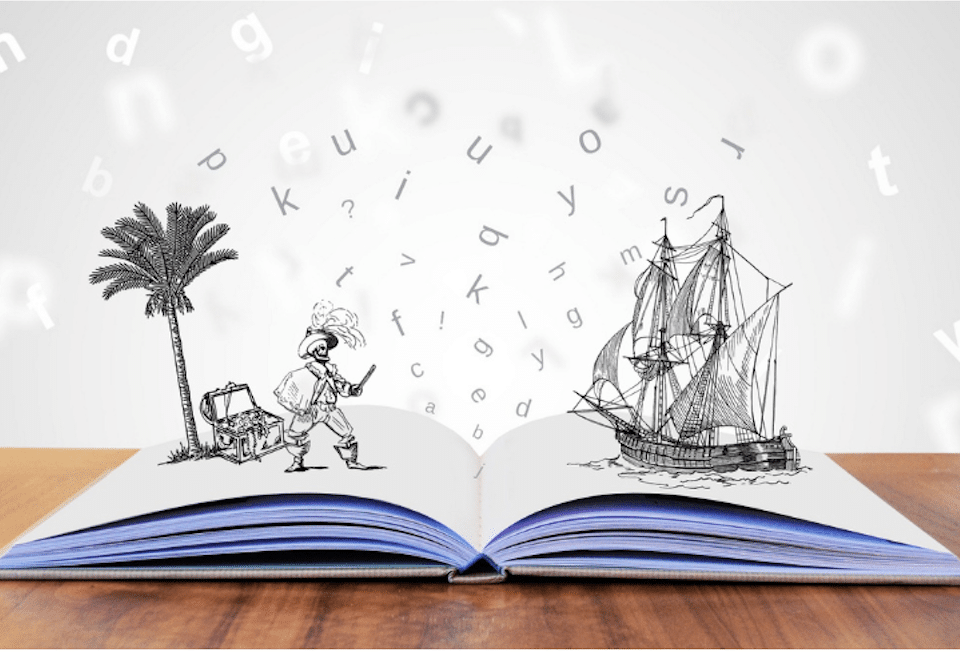
Rethinking communication in the age of intelligent machines
2 April 2020
A smile for everyone
6 April 2020EMOTION MANAGEMENT: SADNESS

Section “PSYCHOLOGY OF EMOTIONS” by Diego Ingrassia – “MANAGEMENT OF EMOTIONS: HOPE”
for PSICOLOGIA CONTEMPORANEA – End of Life – no. 275, September-October 2019 – GIUNTI EDITORE
IT IS IMPORTANT TO LISTEN TO THE PEOPLE IN HEAVEN, RESPECTING THE MANIFESTATION OF THEIR STATE OF MIND AND WELCOMING THEM IN THEIR CLAIM FOR HELP
.
“Achilles, Agamemnon, Odysseus, Hector, the legendary heroes who fought the toughest battles and vanquished the fiercest enemies, are not afraid to show themselves in tears. Out of despair, grief, anger, love, nostalgia, they cry openly. Without sparing themselves. Without ever feeling ashamed.” These words are taken from Matteo Nucci’s The Tears of Heroes, an interesting essay that explains how for Plato, four centuries before the Christian era, those tears were now lost: “the new times no longer admitted the idea of a brave hero, to the point of not being ashamed of his face wet with tears. He who wept could not be considered a man. He could not have courage, because he did not show fortitude’.
Recognising in these words the origin of a path from those far-off times to the present day is all too easy. Today, as in Plato’s dialogues, we cannot allow the ‘heroes’ of our times: managers, politicians, sports champions, successful men, to ‘dissolve’ their image in the emotion of a cry. The image of the ‘winner’ is never sad, it admits of no weakness. We have been taught this since childhood: crying is for wimps.
In our society, sadness has been expelled from all public and private discourse, opposed as a sign of resignation and weakness. The daily effort every parent makes is to banish the ghost of sadness from their child, to protect them from a contagious evil they would not know how to deal with. Sadness, on the other hand, is an important emotion and often a great help in leading us through different emotional states at the appropriate times. Meritorious in this respect is the operation conducted by Disney Pixar’s animated film, Inside Out, which, by breaking the Disney stereotype of ‘everybody happy’, aassigns the ‘sadness character’ an important and strategic role in the narrated story, pleasantly surprising many viewers.
The ‘everybody happy’ stereotype is, however, always lurking, it seems, for example, to re-emerge in a figure that has recently appeared in the corporate world: the happiness manager or Chief Happiness Officer as he is called in the United States where this figure was born. This is a possible risk when one attributes an absolute, and not a transitory, value to a certain emotional state. In a normal life it is not possible to be permanently happy, but it is precisely this idealisation of happiness that has led us to look at sadness, wrongly described as the opposite of happiness, in the wrong way. Sadness is an emotion of which we generally have low awareness and which often catches us unprepared, because we struggle to understand its ‘ferrying’ function from one emotional state to another. Tears, in particular, help us understand how close the emotion of sadness is to other emotional states. Adrianus Vingerhoets, a professor at the University of Tiburg in the Netherlands and the world’s leading expert in the psychology of crying, explains how this manifestation is stimulated by a wide range of feelings, such as empathy, surprise, anger and grief. Tears are also a powerful communication signal that others can see.
Imagining, therefore, an effective and positive role for happiness managers, careful to avoid possible caricatures, means putting the dimension of listening at the centre, with the aim of improving people’s well-being through understanding and valuing all emotions. In the case of sadness, it is important to remember that the origin of this emotion is linked to the loss of something or someone. It is a complex emotion, which opens to two possible seemingly opposing strategies: the first aims to obtain external help, the second on the other hand, in seeking protection, leads us on a path of isolation functional to recovering energy through introspection and rest.
How then can we help a sad person, faced with the uncertainty between two antithetical behaviours? Both should be taken into consideration. First, it is important to listen to the sad person, accepting their emotional manifestation, so that they do not feel uncomfortable sharing it. Overcoming this stereotype is not easy, but evidence is mounting that tears are functional, because they trigger social bonds and human connection. Sadness needs crying, its function is precisely that of ‘releasing’to ‘get out of our system’ the weight, the accumulation of thoughts and feelings, that have settled inside. Awareness of this kind, geared towards acceptance and ‘letting go’, helps us move the person towards a new, more constructive emotion, reducing the risk of sadness becoming chronic, paving the way for depression. As for the second way of coping with sadness, which is more prone to recovering energy through introspection and isolation, in order for it to become a true coping strategy, it is important to try to nurture a component that we could call ‘dynamic and creative’, to avoid the risk of merely brooding over our sorrows and licking our wounds.
The suggestions at this point could be many: it is very useful to write, for example, to keep a diary, to use it as a tool for later confrontation with someone, after we have regained balance and energy. It is very good to walk, to get in touch with nature, which has great power to bring us back into harmony with ourselves. But it is clear at this point that many of these suggestions are intimately linked to our subjectivity, and that therefore everyone must find the best solution for their own characteristics. The important common element is not to slip into passivity and to always try to stimulate our awareness.



